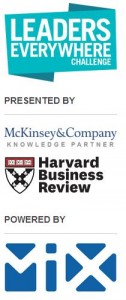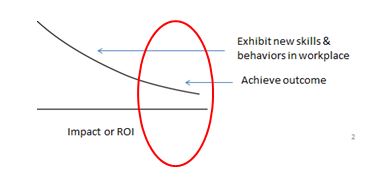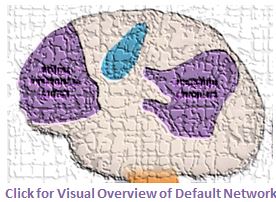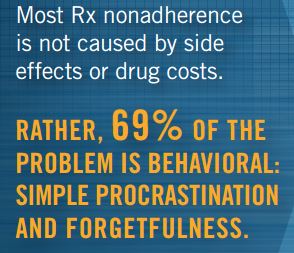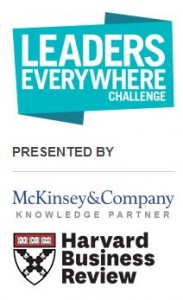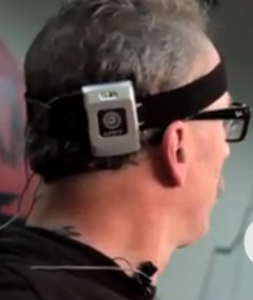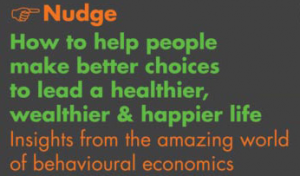How Innovators Empathize
August 25th, 2013 To empathize means we not only understand the thoughts and feelings of others but we actually have or share them. Achieving empathy is a source of inspiration for innovators and designers as it reveals unmet needs, especially psychological ones. Of course achieving empathy is not always possible but you should work hard to get as close as you can.
To empathize means we not only understand the thoughts and feelings of others but we actually have or share them. Achieving empathy is a source of inspiration for innovators and designers as it reveals unmet needs, especially psychological ones. Of course achieving empathy is not always possible but you should work hard to get as close as you can.
For example, a couple of years ago in my cognitive design course at Northwestern University, I had a student team working in the area of obesity. To gain empathy, one of the team members wore a backpack with 20 pounds of extra weight in it for a day. Wanting to go further, they wore padding to increase their body size and added elastic bands to decrease their mobility. And they did not stop there. It took quite some effort to assemble the materials and make the wearables to simulate the experience of being obese. They even consulted friends in the movie business. The result was a multi-day empathy exercise that was transformational.
I recently read of another example focused on innovating for the elderly (see image above). The Ageing Empathy Exercise, is one of 20 concepts in the evaluation stage of OpenIDEO’s design challenge, How might we all maintain well being and thrive as we age? In this empathy exercise they have you put cotton balls in your ears and noise and wear glasses with dirty lenses to dull you senses. You also wear latex gloves with rubber bands around your knuckles to impede your hand dexterity. Once suited up you try and perform simple everyday activities such as buttoning your shirt, getting coins out of your wallet or opening a pill bottle.
Give it a try.
How have you used designed empathy exercises and experiences as an innovation technique? What materials and procedures did you use? How far did you have to push it to generate usable insights?
